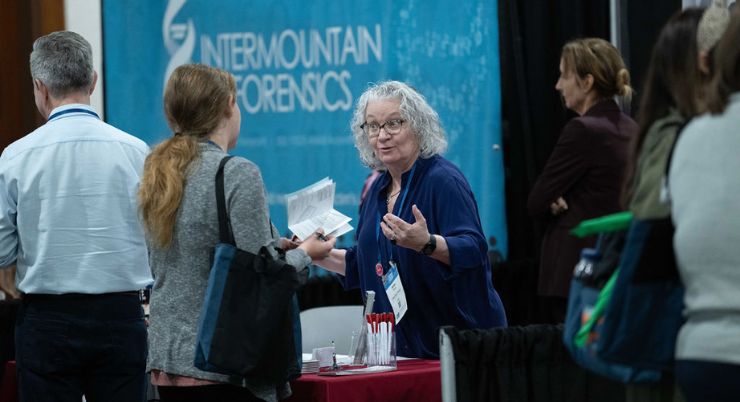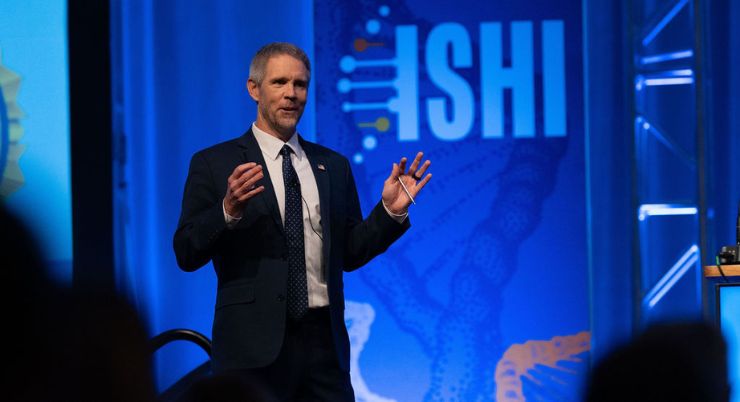CUTTING-EDGE INSIGHTS

Stay aligned with this year’s theme—Profiling the Future of Forensics—as you explore the forefront of forensic DNA technology with access to the latest advancements, methodologies, and breakthroughs. Discover new products/services being introduced to the forensic market and meet with 45+ vendors from around the world. Dedicated time will be set aside each day of the […]
PROFESSIONAL DEVELOPMENT

Invest in your career growth with tailored sessions focused on professional development. From career insights to leadership skills, ISHI equips you with the tools and knowledge to excel in your role and advance your career in forensic DNA analysis while gaining fresh perspective on how your role helps profile the future of the field.
Top 10 Blog Posts of 2023

Three years after a fully virtual symposium in 2020, it’s safe to say that the 34th International Symposium on Human Identification felt like a return to normalcy. With attendance reaching near record levels, including nearly 1/3 of attendees coming for the first time, it was great to see so many of you in the fill […]
This Week in Forensic Science

No one has hours to scour the papers to keep up with the latest news, so we’ve curated the top news stories in the field of Forensic Science for this week. Here’s what you need to know to get out the door! Washington Panel Recommends More Funding for DNA Testing and Forensic Genealogy […]
Embracing Life’s Journey: Strategies for Nurturing Self-Care and Resilience

Today’s guest blog is written by Ann MacPhetridge, Promega. Reposted from the ISHI Report with permission. Forensic DNA analysts play a vital role in the criminal justice system, helping to solve crimes and bring perpetrators to justice. Due to the high stakes’ nature of the work, it’s common for forensic scientists to experience immense stress, which […]
Reflecting on ISHI 34 with the Student Ambassadors

Three years after a fully virtual symposium in 2020, it’s safe to say that the 34th International Symposium on Human Identification felt like a return to normalcy. With attendance reaching near record levels, including nearly 1/3 of attendees coming for the first time, it was great to see so many of you in the fill […]
This Week in Forensic Science

No one has hours to scour the papers to keep up with the latest news, so we’ve curated the top news stories in the field of Forensic Science for this week. Here’s what you need to know to get out the door! Washoe County Regional Medical Examiner’s Office Teams with Othram to Identify […]
Can AI Help You Develop a Research Proposal?

Today’s guest blog is written by Jordan Nutting, a Science Writer with Promega. Reposted from the Promega Connections blog with permission. Integrating artificial intelligence (AI) into the process of scientific research offers a wealth of efficiency-boosting tools that are transforming the ways scientists can approach their work. Many are already using AI to refine code, automate data […]
Now Accepting Workshop Proposals for ISHI 2024

The ISHI Organizing Committee is seeking engaging and informative workshop proposals that contribute to the non-commercial exploration and understanding of DNA forensics. These workshops will provide a platform for in-depth discussions, hands-on learning, and the exchange of cutting-edge insights within the community. Workshops will either be full-day (8 hour) or half-day (3 hour) […]

